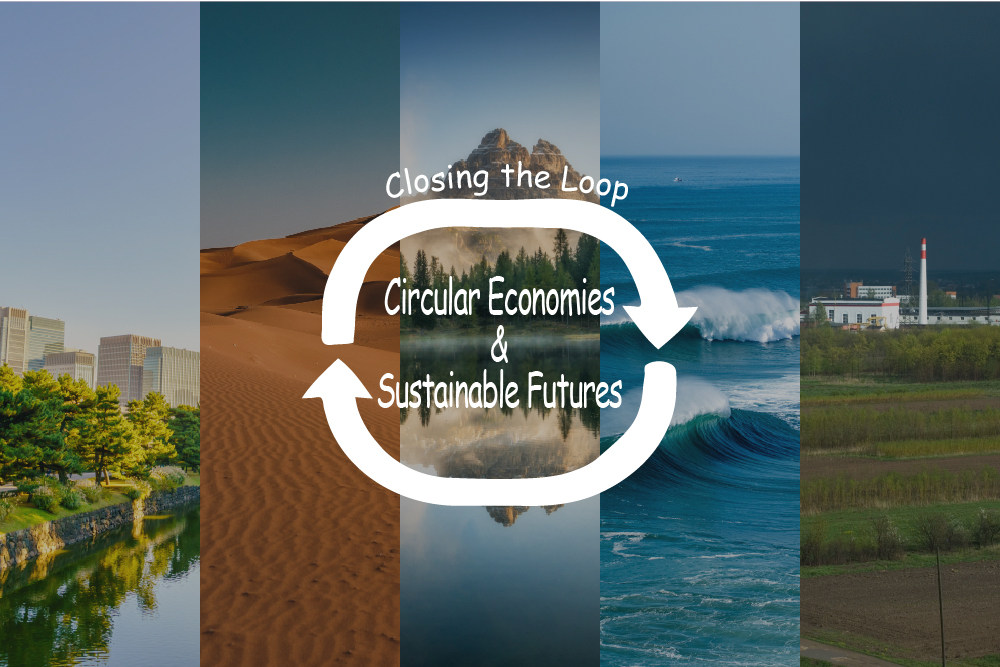The Rise of Circular Economies and Sustainable Futures
In the quest for a more sustainable and resilient future, the concept of a circular economy is gaining traction globally. This transformative economic model is reshaping industries, reducing waste, and offering a pathway to a more environmentally conscious world. This article explores the key principles of circular economies and how they are becoming the catalyst for positive change across diverse sectors.
Defining Circular Economies:
Unlike the traditional linear economy, which follows a 'take, make, dispose' approach, circular economies emphasize a 'reduce, reuse, recycle' paradigm. The goal is to minimize waste and maximize the use of resources by designing products and systems that prioritize longevity, reusability, and recyclability.
Closing the Loop in Production:
Circular economies fundamentally challenge the conventional production model. Industries are increasingly adopting sustainable practices, such as designing products with materials that can be easily recycled or repurposed. This approach not only reduces the strain on natural resources but also minimizes the environmental impact of manufacturing processes.
Embracing Innovation:
Circular economies thrive on innovation. From advanced recycling technologies to novel business models, industries are exploring innovative solutions to close the loop. For example, companies are investing in research to develop materials that can be continuously recycled without losing quality, paving the way for a more sustainable and circular supply chain.
Waste as a Resource:
In a circular economy, waste is not seen as a problem but as a valuable resource. Rather than discarding products at the end of their life cycle, efforts are made to recover, refurbish, or recycle them. This shift not only reduces the burden on landfills but also opens up new opportunities for job creation and economic growth.
Local and Global Impact:
Circular economies extend beyond local borders, contributing to global sustainability goals. By promoting responsible consumption and production, these economies align with the principles of the United Nations Sustainable Development Goals (SDGs), particularly those related to responsible consumption, climate action, and life on land and below water.
Case Studies in Circular Success:
From the fashion industry adopting closed-loop textile recycling to the electronics sector embracing modular design for easier repair and recycling, numerous industries are leading the charge towards circularity. Real-world examples of circular success stories showcase the economic, environmental, and social benefits of this transformative approach.
Challenges and Opportunities:
While the concept of circular economies holds immense promise, there are challenges to overcome. These include shifting consumer behavior, regulatory hurdles, and the need for widespread industry collaboration. However, these challenges present opportunities for innovation, investment, and the creation of a more resilient and sustainable global economy.
Conclusion:
As the momentum behind circular economies continues to grow, businesses, governments, and consumers alike are recognizing the potential for positive change. Closing the loop on production, minimizing waste, and embracing innovation are no longer aspirations but imperatives for a sustainable future. The circular economy is not just a buzzword; it's a pathway toward a more resilient and regenerative world.

